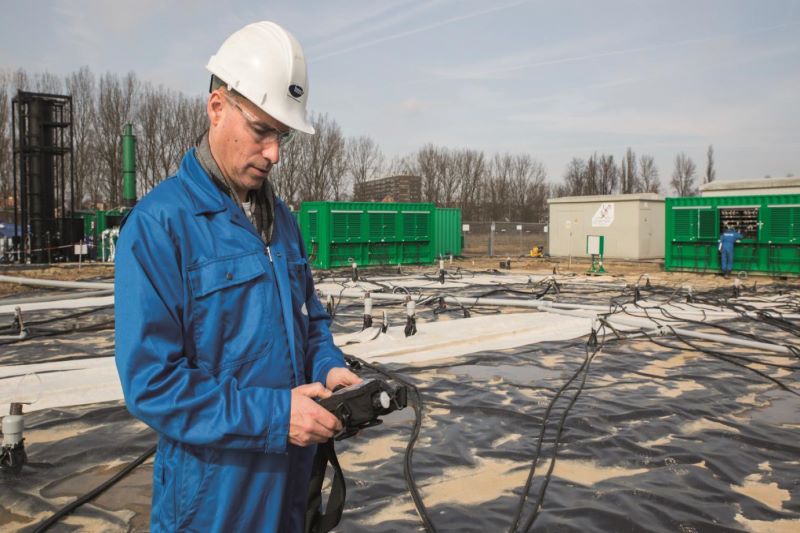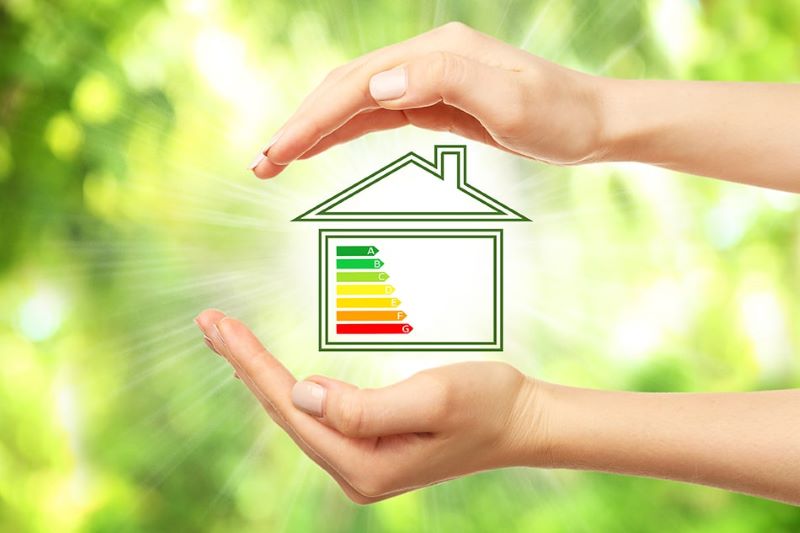Table of Contents
Thermal treatment methods use heat energy to move harmful chemicals in groundwater and soil. With in situ thermal treatment, heat is sent underground, directly to contaminated areas. Then, pollutants move toward wells where they are piped above the ground to be treated with other methods. Thermal treatment is particularly beneficial for NAPLs or non-aqueous phase liquids, as they dissolve slowly and can cause long-term groundwater contamination. Read on to learn more about the thermal treatment process.
How Does Thermal Treatment Work?
An in situ thermal treatment method heats contaminated soil and nearby groundwater to a very high temperature. The heat evaporates the water and harmful chemicals, turning them into vapors. These vapors, also known as gases, are easily moved through the soil. This process makes it easier to take NAPLs from the groundwater and the soil. In some cases, the elevated temperature may destroy some chemicals completely. The in situ method generates heat in various ways, as shown below.
- ERH or electrical resistance heating delivers current between underground electrodes or metal rods. As the current moves, it encounters resistance from the soil. Heat is generated, converting groundwater to steam and vaporizing contaminants.
- SEE or steam-enhanced extraction sends steam into the ground by forcing it through wells in contaminated areas. The steam raises the soil’s temperature, mobilizing and evaporating contaminants.
- TCH or thermal conduction heating utilizes heaters installed in underground pipes. With TCH, it’s possible to heat the polluted area enough to destroy certain chemicals. As the process goes on, water and chemical vapors are pulled into collection wells and brought to the surface with vacuum pressure. When the vapors are brought to the surface, they’re treated with one of several available cleanup methods or they’re condensed and recycled.
How Long Does Thermal Remediation Take?
This range of heating technologies may take anywhere from several months to a few years to completely remediate a site. Actual cleanup times depend on multiple factors. For instance, it may take longer when:
- Pollutants are highly concentrated
- The affected area is deep or large
- Soil types are mixed, causing uneven ground heating
- The soil has substantial organic content, which binds chemicals tightly and makes it harder for them to evaporate
These factors vary from site to site, and they can only be assessed with a thorough site evaluation.
Which Contaminants May Be Removed With Thermal Treatment Methods?
Thermal remediation techniques may be used across a range of materials that have been contaminated with volatile inorganic and organic contaminants. These methods have been proven effective on sludge, soil, filter cake, and sediment that’s been contaminated with pesticides, volatile and semi-volatile organic compounds, and petroleum products. Generally, any contaminant that’s volatile at 1200 degrees Fahrenheit or below may be treated with thermal remediation.
Thermal Remediation: Increasing the Safety and Cleanliness of Soil and Groundwater
If a facility’s soil is contaminated with harmful organic materials, you, as an owner, may face liability and environmental challenges that will put your company’s daily operations in jeopardy. With a variety of remediation and treatment solutions, tested thermo-chemical technologies, and scalable methods, this process can be used in industrial operations of all sizes. Thermal remediation removes harmful contaminants from the soil, turning it back into safe, usable material and keeping it clean for future generations.








